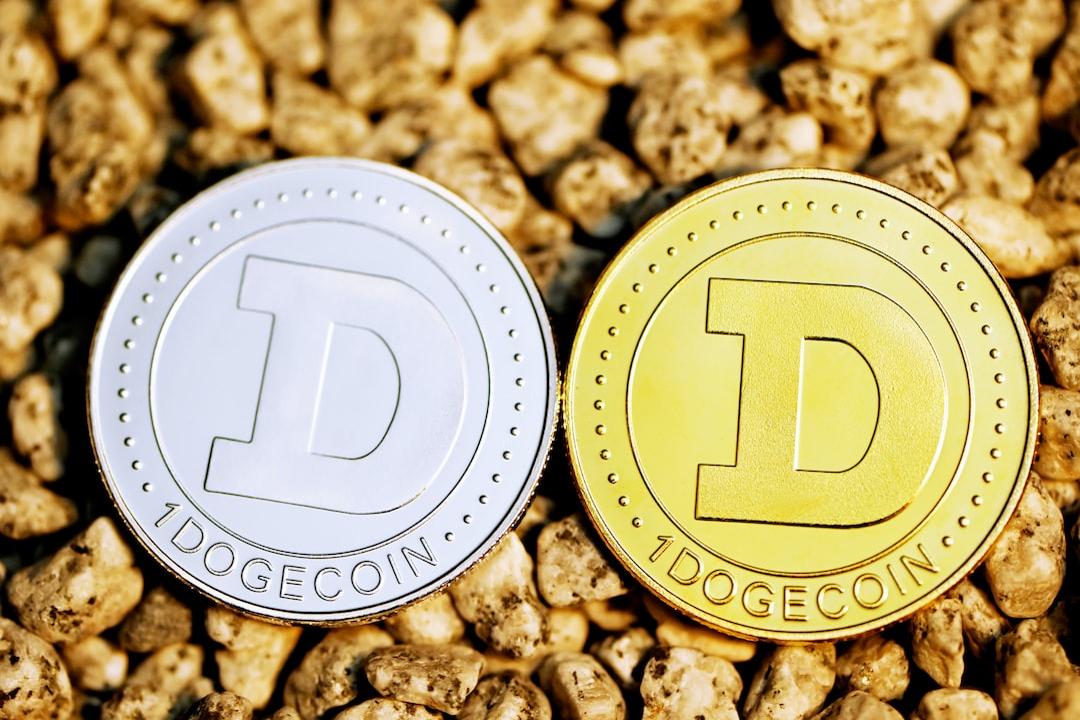On the second day of the annual blockchain event ETHTaipei 2025, Ethereum co-founder Vitalik Buterin delves into the cornerstone of Ethereum’s long-term development. He emphasizes that for Ethereum to become a truly sustainable ecosystem, open-source, public goods, and funding distribution mechanisms must be comprehensively upgraded.
“Ethereum must become a sustainable digital ecosystem model, not just an ideal that is realized, but a reality that is operational, funded, and capable of thriving.”
— Vitalik Buterin, ETHTaipei 2025


Open Source: The Cornerstone of Ethereum, Beyond Code Sharing
Vitalik emphasizes that Ethereum has been built on the foundation of open-source software since its inception. Almost all resources, including core clients, development tools, research reports, and documentation, come from within the community: volunteers, non-profit organizations, companies, and foundation teams all contribute. He candidly states that without being open source, the community would not trust Ethereum, and the entire progress would stagnate. Furthermore, he warns that the importance of open-source licensing terms should not be underestimated; it not only protects developers’ rights but also serves as the first line of defense against narrative hijacking and information manipulation.
Public Goods: Ethereum’s “Invisible Infrastructure”
Vitalik describes educational resources, protocol research, and development tools as Ethereum’s “public goods.” These resources are non-excludable and do not diminish with use, yet they often face funding challenges. He points out that many projects branded as “public goods” are, in fact, repackaged commercial plans aiming to gain funding and prestige. Vitalik calls for the establishment of clear standards to help the community discern which are genuine public goods and which are merely shell operations.
Open Source ≠ Decentralization: Platform Structure Remains Key
Even if the code is open, the system itself may still be highly centralized. Vitalik presents a classic example: even if Twitter opens its source code, the platform remains controlled by a single entity, which does not mean it is “decentralized.” He also mentions strong licensing terms like AGPL, which help require service applications to open their derivative works, but achieving complete decentralization cannot rely solely on licensing terms.
New Standards for Value Alignment: Are You Keeping Up with the Core Spirit of Ethereum?
To ensure that projects are genuinely aligned with the spirit of Ethereum, Vitalik proposes a new set of “value alignment” assessment standards to help the community determine which projects are worthy of trust and funding:
- Open Source: Freedom to use, modify, and redistribute.
- Open Standards: Encourage interoperability and joint protocol development.
- Walk-Away Test: If the original development company dissolves, can users still operate independently?
- Insider Attack Test: Can the system withstand malicious actions from insiders?
- Positive Externalities: The project benefits not only Ethereum but the whole world.
These principles not only enhance transparency but also ensure that projects can operate robustly in diverse environments, rather than merely presenting a façade of “decentralization.”
Funding Sustainability Challenges: How to Create a “Positive Feedback Loop”?
Vitalik also points out one of the bottlenecks in Ethereum’s development: funding sources are too concentrated, overly reliant on the Ethereum Foundation and a few donors. To overcome this, he proposes the vision of creating a “positive feedback loop”: projects succeed due to open-source contributions and give back a portion of their results to the community and public goods infrastructure, forming a sustainable funding mechanism. Possible practical tools include:
- Quadratic Funding
- Decentralized Autonomous Organizations (DAOs)
- On-chain Treasuries
- Protocol-native Incentives
Vitalik encourages the community to look long-term, not just chase short-term trends, but focus on long-term institutional building.
From Ideals to Implementation: Ethereum is Not Just Technology, but a Social Experiment
Vitalik concludes by noting that Ethereum is not only a testing ground for blockchain technology but also a practical exercise in “new models of civilization” concerning digital governance, community collaboration, and value distribution. If Ethereum can successfully implement these principles, it will not just be a “world computer,” but a civilizational blueprint imbued with openness, transparency, and a spirit of sharing. This is not just a victory for technology but an evolution in human organization and collaboration.
Risk Warning
Cryptocurrency investment carries a high level of risk, and its prices can be highly volatile; you may lose your entire principal. Please assess the risks carefully.

